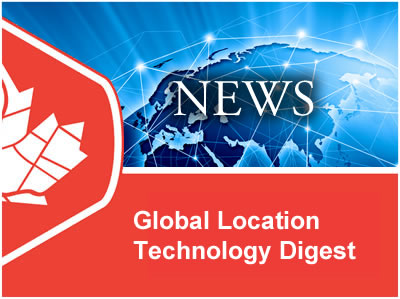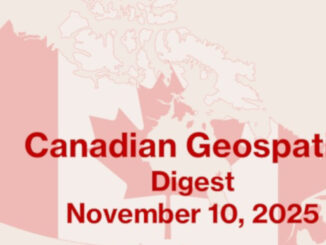
Using Maps to Visualize Gerrymandering in the age of Trump

The ACLU’s “What the District?!” map allows users to trace the changing lines of democracy by tracking how local Congressional districts have been drawn, redrawn, and stretched since 1953. The data has come from a UCLA project which amassed all Congressional boundaries between 1789 and 2013, plus more recent election districts. The map reminds us that boundaries change according to the party controlling state legislature, and can become the subject of lawsuits. Given widespread concerns regarding political gerrymandering (the practice of establishing a political advantage for a particular party by manipulating district boundaries), “What the District?!” is sure to be a valuable tool in current and future political discussions.
Sustaining smart cities
October 31st marked World Cities Day, spotlighting the development of sustainable cities on a global scale. In the next 35 years the population of cities is estimated to expand by 2.5 billion, and harnessing digital technology and communication will be essential to prepare for this urban growth. Leveraging public wi-fi, improving infrastructure through connectivity, and creating new public services through a sustainable lens will help balance priorities among multiple sectors, including transportation and mobility, the economy, community needs, environmental quality, health, and resources. Long-term planning will ensure the continued and future growth of populations, industries, and economies.
JAXA launches Ibuki-2 satellite

The Japanese satellite Ibuki-2 (also known as the Second Greenhouse Gases Observing Satellite GOSAT-2) was launched into orbit on October 22nd. The satellite will take measurements of carbon dioxide, methane, and other greenhouse gases, and this data will contribute to the fight against global warming under the Paris climate accord. Ibuki-2 has 10 times the sensor accuracy of its predecessor, with the capability to monitor the sources of carbon dioxide sources and observe superfine pollutants. The Japan Aerospace Exploration Agency (JAXA) has also received a launch order for a UAE Mars explorer.
Mapping the marketplace
Location Intelligence is powering current geomarketing innovations. Though historical sales and search archives continue to inform data on consumer interest, Location Intelligence spurs conversion between ‘interested’ to ‘intend to purchase’. With this in mind, retailers are now using location audience segmentation to collect brand new data—such as the correlation between online campaigns and in-store purchases, where new brick-and-mortar retail locations should be built, and where geomarketing campaigns should be concentrated to reach high-value consumer segments. It’s a geographic way of understanding the marketplace.
The USA passes the Geospatial Data Act (DGA)
MAPPS, the American association of geospatial firms, was recently part of cooperative efforts that resulted in the passage of the Geospatial Data Act. MAPPS has been making a major difference in the legislative process, and the act was the product of support from numerous congressmen and senators (Senator Orrin Hatch, Congressman Bruce Westerman among them) and special interest groups. The act itself represents a shared vision of elevating the work of geospatial professionals and serving the geospatial community.




Be the first to comment